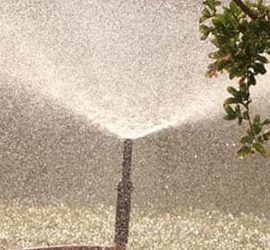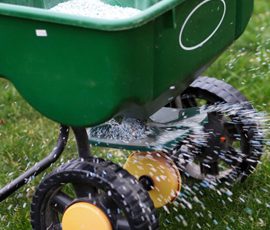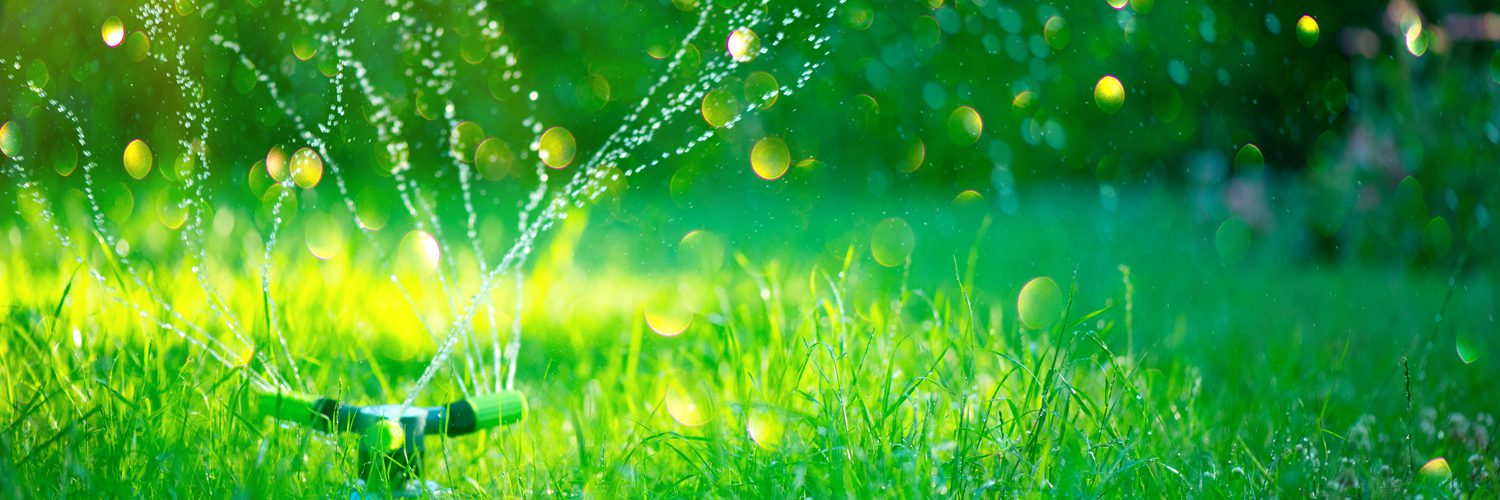
Maintaining a healthy lawn requires more than just occasional mowing. Proper watering is essential to the overall health of your grass and can make a big difference in how well it grows and flourishes. Here are some do’s and don’ts to follow when watering your grass:
DO: Water Early in the Day
Timing is critical when it comes to watering your grass. Watering early in the day – before the heat of the sun is at its peak and the air is usually the calmest – is best. This allows the water to seep down into the roots without evaporating.
DON’T: Overwater
It’s important not to overwater your grass as doing so can actually do more harm than good. Too much water can lead to waterlogged soil, which can then lead to fungal problems and grass that is more susceptible to disease.
DO: Check the Weather Forecast
Checking the weather forecast before you water is a good way to gauge how much – if any – watering your grass will need. If rain is in the forecast, chances are you won’t need to water at all.
DON’T: Forget to Aerate
Aerating your lawn – which is basically poking holes in the ground to allow air, water, and nutrients to reach the roots – is important. It’s something that should be done at least once a year, and more often if you live in an area with heavy clay soil.
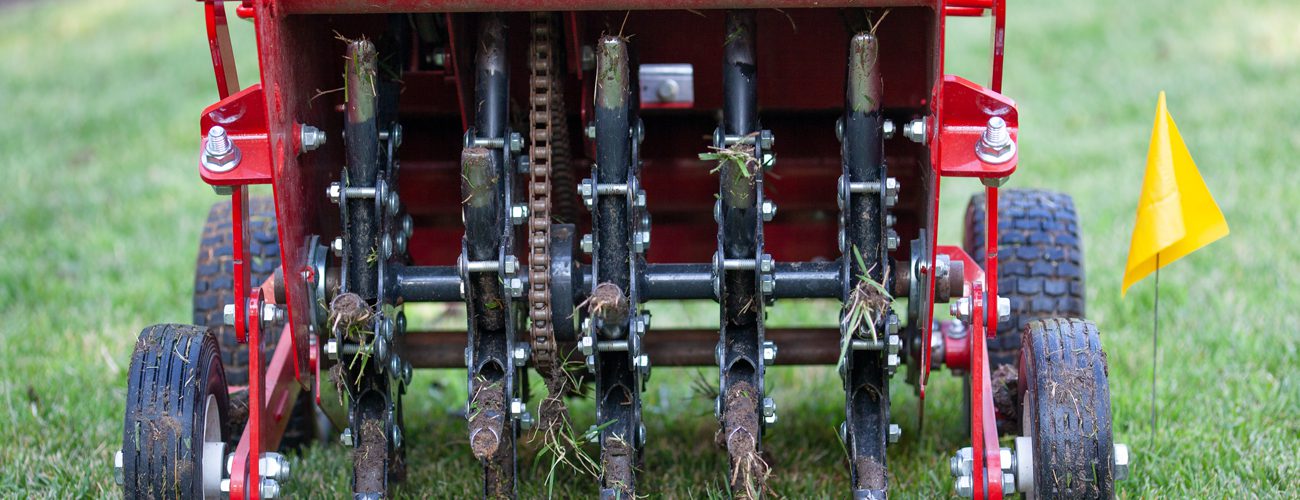
DO: Monitor Your Grass
Paying attention to your grass is the best way to determine how often it needs to be watered. A good rule of thumb is to water when the grass starts to look a bit dry. How often you’ll need to water will depend on a number of factors, including the type of grass you have, the climate you live in, and how much foot traffic your lawn gets.
DON’T: Cut Your Grass Too Short
Cutting your grass too short can actually make it more susceptible to drought. When the grass is shorter, the roots are not as deep, which means they don’t have access to the moisture and nutrients they need to stay healthy. It’s best to allow your grass to grow a little bit taller so that it can grow strong and healthy roots.
DO: Use a Sprinkler System
If you have a lawn that is large enough to warrant it, using a sprinkler system can be a huge help when it comes to watering your grass. Automating the process takes the guesswork out of it and helps to ensure that your grass gets the water it needs without being overwatered.
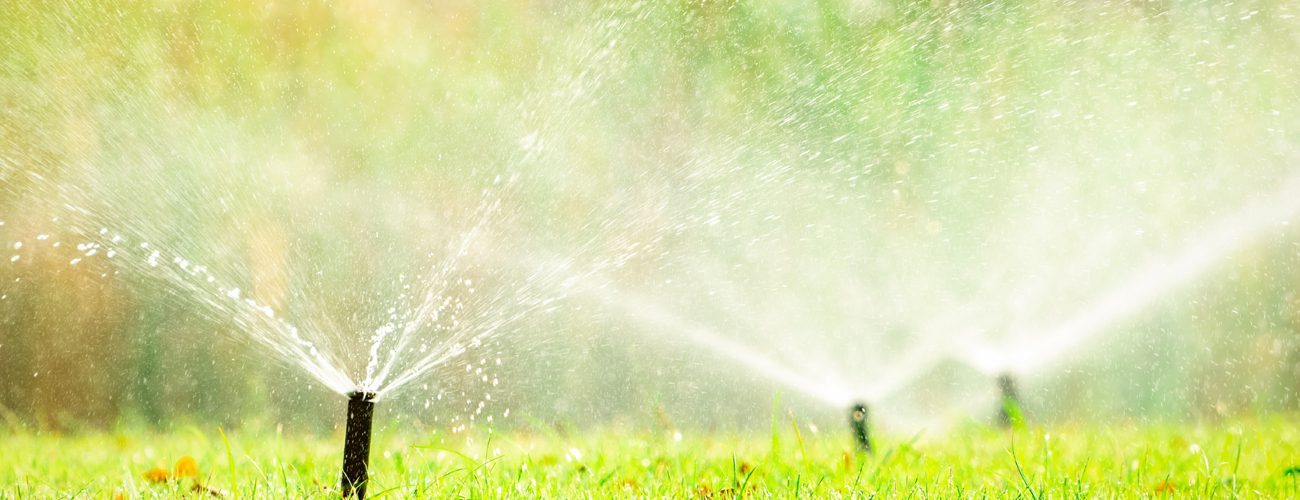
DON’T: Forget About Your Grass
Just because you’re not watering your grass doesn’t mean you can forget about it entirely. Mowing and fertilizing are still important, so don’t let your lawn maintenance fall by the wayside just because you’re not watering as often.
DO: Water Your Grass Evenly
When you do water your grass, make sure to do so evenly. Watering unevenly can lead to patchy growth and an overall unhealthy lawn. So, be sure to move the sprinkler around to ensure that all areas of the lawn are getting an adequate amount of water. This is another reason why an irrigation system is the best way to ensure your grass stays healthy and green. An irrigation system will evenly water each section of your lawn, without you having to do a thing.
DON’T: Use a Hose Without a Sprinkler
If you are going to water your lawn with a hose, be sure to attach a sprinkler to the end. This will help to evenly distribute the water and prevent any areas from being over or underwatered. Watering without a sprinkler attachment will cause large amounts of water to saturate portions of the grass, while the remainder will likely pool or become runoff.
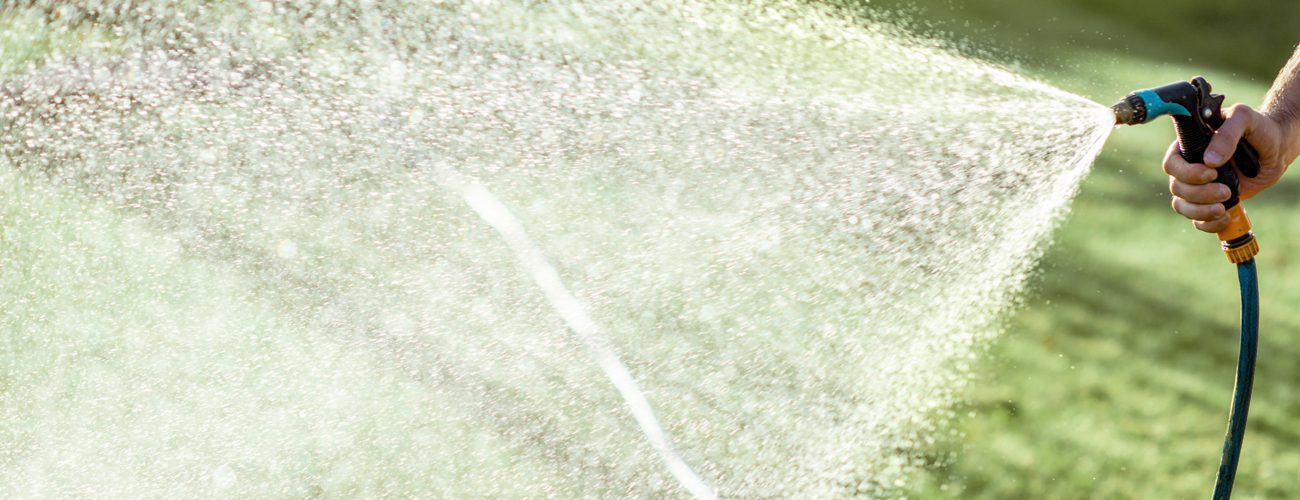
DO: Remember to Fertilize
Fertilizing your lawn is important, and should be done in conjunction with watering. The best time to fertilize your lawn is in the spring, but it can also be done in the fall. Be sure to follow the directions on the fertilizer package, so that you don’t over or under fertilize your grass.
DON’T: Use Harsh Chemicals
When it comes to watering your grass, stick to water and fertilizer. Avoid using any type of chemicals, as these can do more harm than good. If you must use a chemical product on your lawn, be sure to consult with a professional first.
DO: Consult with a Professional
If you are struggling to keep your grass healthy, it’s best to consult with a professional. They will be able to help you troubleshoot any problems and come up with a watering schedule that is tailored to your specific lawn.
When it comes to watering your grass, there are some important dos and don’ts to keep in mind. Proper watering is a vital part of keeping your grass healthy, so be sure to monitor your lawn and water it as needed. Avoid cutting your grass too short, using harsh chemicals, or forgetting about fertilizing. And if you’re having difficulty, don’t hesitate to consult with a professional irrigation company that can help you develop a watering schedule that works best for your lawn or assist with installing an irrigation system. By following these simple tips, you can ensure that your grass stays green
